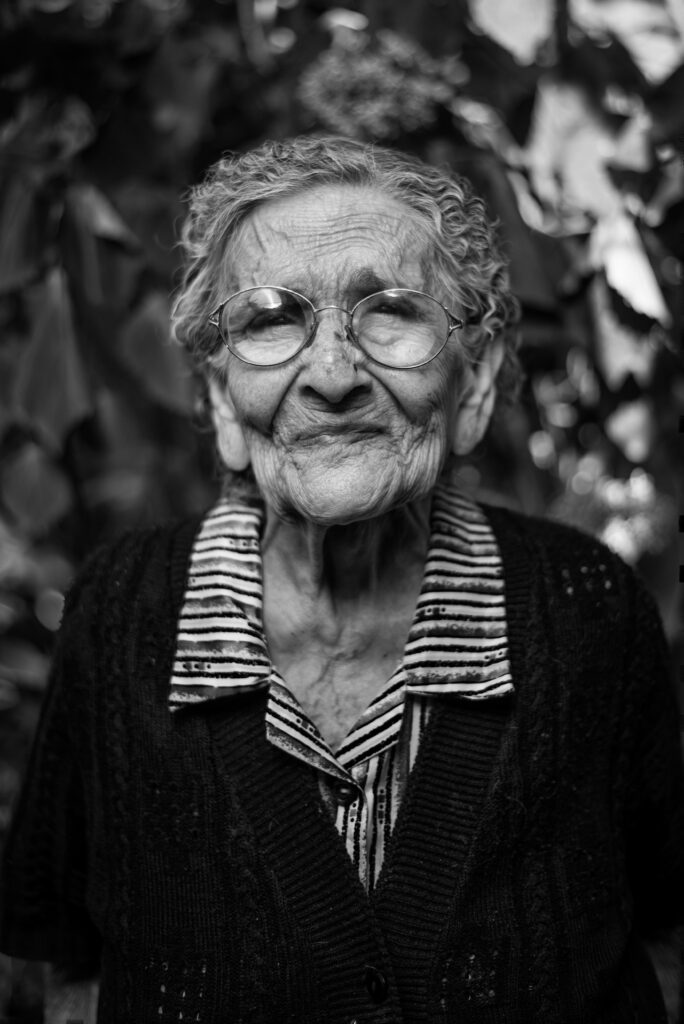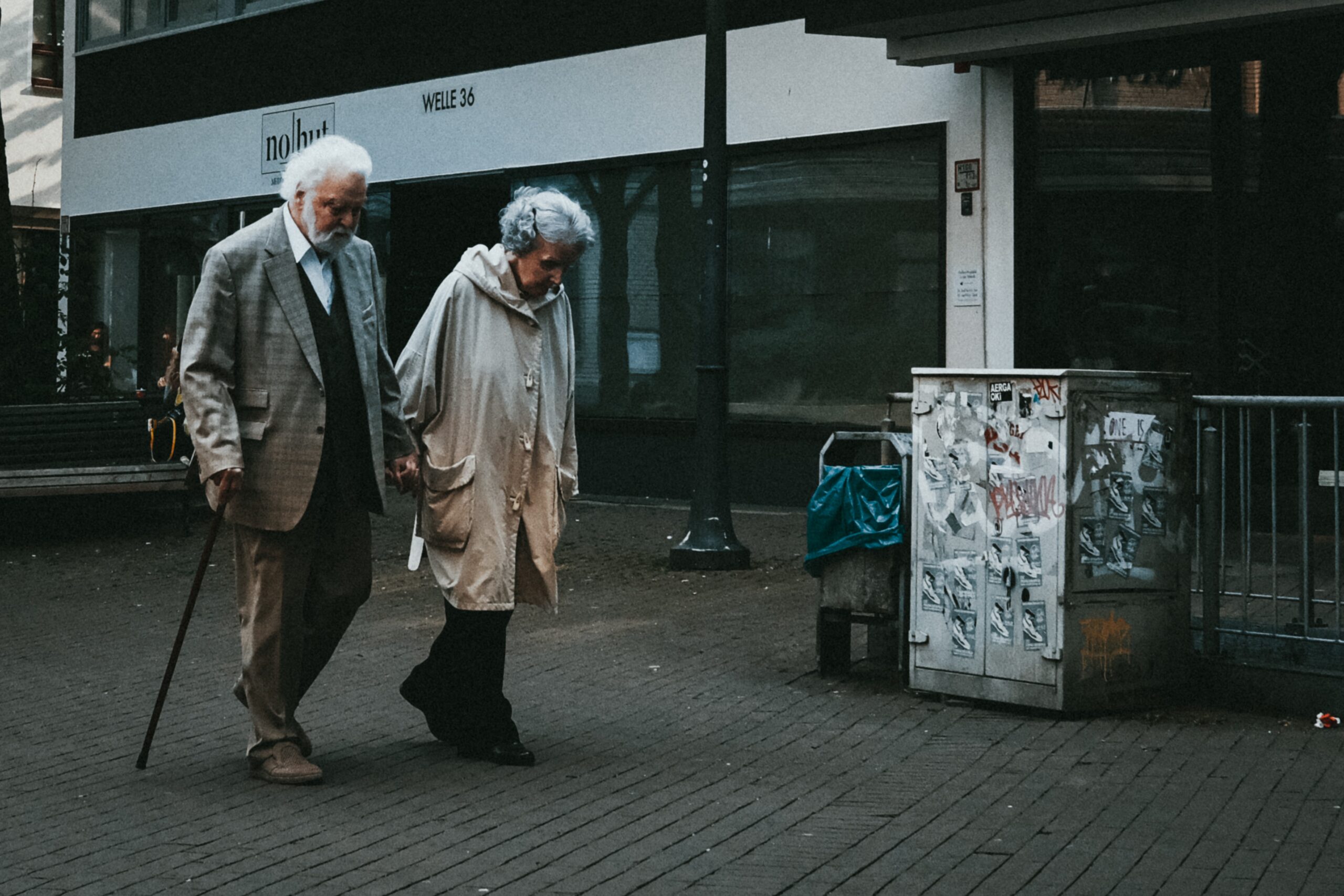June is also Elder Abuse Awareness Month.
Elder abuse is an intentional act or failure to act that causes or creates a risk of harm to an older adult. An older adult is considered to be someone age 60 or older. This kind of abuse can occur at the hands of a caregiver, family member, or another elderly patient if the elder is in a communal living setting. Common types of elder abuse include:
- Physical Abuse. When an elder experiences illness, pain, injury, functional impairment, distress, or death as a result of the intentional use of physical force they are experiencing physical abuse. Physical force could be acts such as hitting, kicking, pushing, slapping, or burning.
- Sexual Abuse. This involves forced or unwanted sexual interaction of any kind with an older adult. This may include unwanted sexual contact or penetration or non-contact acts such as sexual harassment.
- Emotional or Psychological Abuse. Verbal or nonverbal behaviors that inflict anguish, mental pain, fear, or distress on an older adult are considered emotional and psychological abuse. Examples include humiliation or disrespect, verbal and non-verbal threats, harassment, and geographic or interpersonal isolation.
- Neglect. The failure to meet an older adult’s basic needs. These needs include food, water, shelter, clothing, hygiene, and essential medical care.
- Financial Abuse. The illegal, unauthorized, or improper use of an elder’s money, benefits, belongings, property, or assets for the benefit of someone other than the older adult.

Why Does Elder Abuse Occur?
Many cases occur for the same reasons that it occurs in younger people. However, some aspects of elder abuse are unique. The elderly are oftentimes considered a vulnerable population. This is because many victims have dementia or other conditions that render them vulnerable. They are sometimes unable to communicate that they have been sexually assaulted or physically abused. This may be a reason they are targeted in the first place.
Another unique aspect of the sexual abuse of elders are situations in which patients with Alzheimer’s Disease or related dementias develop heightened sexual urges because of their disease. In community settings this can be extremely distressing to an older spouse who is trying to care for such a patient. Some of these health conditions also cause memory and judgement issues, allowing for them to be more susceptible to financial abuse.
Patient to patient abuse is another unique aspect of elder abuse since this occurs in nursing homes and other institutional settings. It can lead to sexual assault by one resident on another since many patients with dementia are typically living close together.
Elder abuse is a serious problem in the United States. Abuse, including neglect and exploitation, is experienced by about 1 in 6 people aged 60 and older who live at home. From 2002 to 2016, more than 643,000 older adults were treated in the emergency department for nonfatal assaults and over 19,000 homicides occurred. Rates of elder abuse are high in institutions such as nursing homes and long-term care facilities, with 2 in 3 staff reporting that they have committed abuse in the past year, according to the World Health Organization.
Elder abuse can have several physical and emotional effects on an older adult. Victims are fearful and anxious. They may have problems with trust and be wary of others. Many victims suffer physical injuries. Some are minor, like cuts, scratches, bruises, and welts. Others are more serious and can cause lasting disabilities. These include head injuries, broken bones, constant physical pain, and soreness. Physical injuries can also lead to premature death and make existing health problems worse.
There are several factors that may increase or decrease the risk of perpetrating and/or experiencing elder abuse. To prevent elder abuse, we must understand and address the factors that put people at risk for or protect them from violence.
You can help end elder abuse by:
- Listening to older adults and their caregivers to understand their challenges and provide support.
- Reporting abuse or suspected abuse to local adult protective services or the police.
- Educating yourself and others about how to recognize and report elder abuse.
- Learning how the signs of elder abuse differ from the normal aging process.
- Checking in on older adults who may have few friends and family members.
- Providing over-burdened caregivers with support such as help from friends, family, or local relief care groups; adult day care programs; counseling; outlets intended to promote emotional well-being.
The older adult population is growing faster in the U.S. than our younger populations. Many older adults require care and are vulnerable to violence perpetrated by a caregiver or someone they trust. More research is needed to uncover the causes for, and solutions to, violence against older adults.

If you need any additional information, have a question, or a concern, feel free to reach out to Options at our 24-hour toll-free helpline 800-794-4624. You can also reach an advocate via text by texting HOPE to 847411 or click 24-Hour Chat with Options.
Written by Anniston Weber


